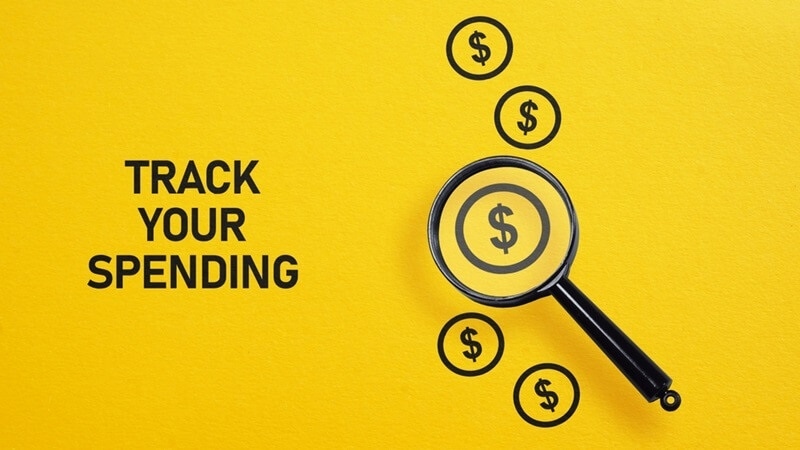
Handling your money well is so important, but lots of people feel lost when trying to keep up with where their cash is going. Bills, shopping, eating out, subscriptions—it all adds up fast! If you often wonder where your money disappears each month, you're definitely not the only one. The good news? Learning to watch your spending doesn't have to be a pain.
This blog will show you the easy way to control your money without getting stressed out. You don't need to be a math whiz. With a couple of simple tools to monitor expenses, you can get a clear view of your money and start making smarter choices.
Before we get started, let's look at why this is important. Many people don't watch their spending because they think it takes too long. But honestly, a few minutes each day can save you a lot of money.
Here's why you need to watch your spending:
If you want to save, pay off what you owe, or just not live paycheck to paycheck, watching your spending is the first thing you should do.

Here’s how to track your spending without being overwhelmed:
First, figure out your monthly income. What's your take-home pay after taxes? Then, write down your regular bills, like rent, utilities, phone, and insurance. You have to pay these.
Now you'll know what's left for fun stuff like food, shopping, going out, and savings. This is your starting point.
Most people think watching money means complex spreadsheets or fancy software. Nope. These days, more people are just trying to follow a budget without all the tech because they want something quick and simple.
Here are a few ways to watch:
Once you start writing down your spending, put it into categories. This helps you stay organized and makes it way easier to see where your money's going.
Some basic categories could be:
You don't need a ton of categories. Just enough to know where your money is going. As you watch your spending, you'll start to find places where you can save a bit.
One of the best habits to get into is tracking your daily spending. Seriously, even if you just buy a coffee, jot it down in your expenses tracking app, or find a daily spending tracker U.S. in the US.
Here's why it's a game-changer:
Pen and paper, an app, voice notes – whatever works best for you. Just be consistent. Miss a day? No biggie, just get back at it tomorrow.
A lot of people wait till the end of the month to look at their spending. Bad move! By then, you can't really fix much. Aim for a weekly peek instead.
Quick and easy method:
This helps you tweak things fast. You'll spot patterns and feel way more on top of your cash over time.
Starting out? Don't sweat trying to get everything exactly right. Forget to log something? Overspent on something? It happens.
Your aim isn't to track every single cent perfectly. It's to get to know your spending habits and make smarter choices. Even if you track, say, 80% of what your spend, that's a massive improvement.
It gets easier with practice, so give yourself time to nail the habit.
Learning to track expenses? Watch out for these blunders:
Start small, be real with yourself, and aim for progress.
People often give up on tracking because it feels like a chore. The secret? Make it a part of your daily grind, not something extra you have to do.
Tips to make it stick:
When you track every day, you start thinking differently about money. You’ll pause before buying, and ask yourself, “Do I really need this?”
Tracking becomes way more fun when you set mini-challenges and reward yourself when you hit them.
Some ideas are:
After tracking for a few weeks, you'll get a clear look at where it goes. You'll see:
All of this awareness is gold. Then you can make smarter moves, like saving more or cutting back on things that don’t really matter.
That's how change happens – not fast, but steadily.
Your system doesn’t have to stick around forever. As what you need changes, so can what you track. Maybe you go from using paper to an app. Or you start tracking fewer things. That's totally fine.
The most important thing is that whatever method you use helps you know where your money is going and helps you make smarter choices.
If something feels too hard or just plain boring, switch it up. Keep in mind, you can do budgeting without spreadsheets—you just need to find what clicks for you.
Learning to track your spending is a top-tier move for your money situation. It makes you feel in control, less stressed, and helps you get to your goals quicker. Just start.
Whether you go with a notebook, a budget app, or something else, the key is to know where your money is going. Just start small today. Choose a way to save, write down what you plan to buy next, and stick with it. You'll be amazed at how good you feel and how much money you've kept in your pocket as time goes on.
This content was created by AI